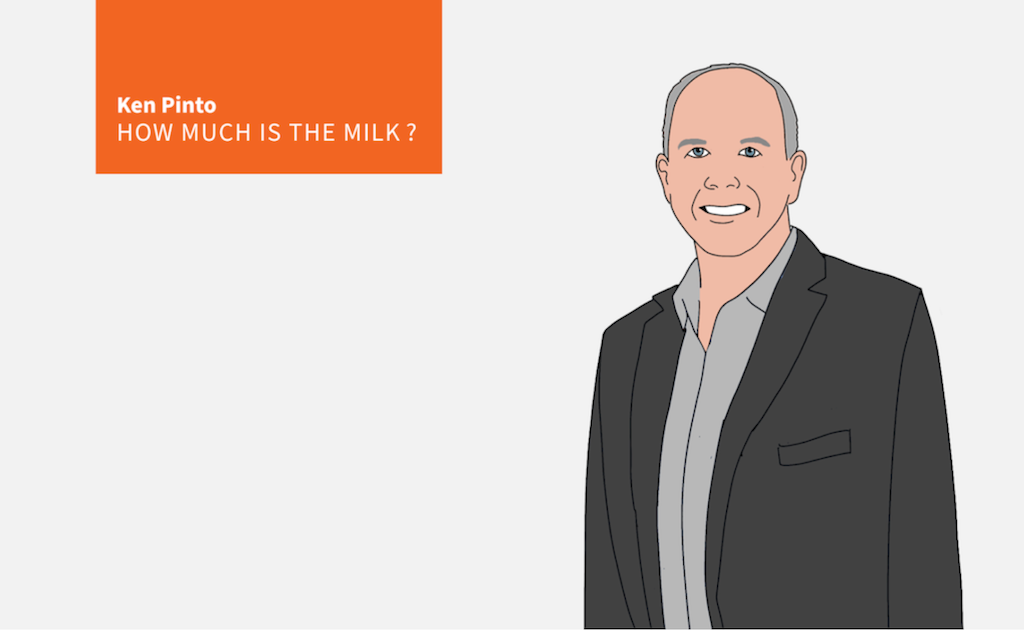Products
A.I.-Fueled Supply Chain Control Can Drive Building Affordably
When the procure-to-pay (P2P) process is digitized, A.I. can quickly analyze the resulting data, find anomalies, and develop process improvement team mandates to tackle and drive potential improvements. The efficiency factor is known.

Large language model training days are here. A.I.’s impact on homebuilding’s value cycle will become staggering once the intricate end-to-end building life cycle’s linked domains are trained as data patterns. It’s already happening.
Here’s a scenario from first-hand experience.
The Context
The NAHB/Wells Fargo Housing Opportunity Index shows that housing affordability in the U.S. is at more than a 20-year low — nearly 65% of people cannot afford the median-priced home. This reality is partly due to higher interest rates, but the major culprit is the house price, which has skyrocketed 76% during the same time.
Frequent low inventory headlines have created more housing demand despite the high cost and higher interest rates. The supply/demand ratio keeps prices high, not only for homebuyers but also for purchasing departments trying to keep costs down.
Ground-up new house costs can be divided into four main categories: construction purchasing accounts for about 53%; land and permit fees, 30%; land development, 10%; and sales, 7%. It is not difficult to conclude that the purchasing department manages the greatest opportunity for cost improvement. Yet, fear of missing out has kept material and labor prices hovering at high levels and reluctant to budge—much.
Two strategies often top a purchasing department’s toolset: Reduce costly home features and go out to bid. Again. However, I favor a different approach: Collaborate with the supply chain by sharing shelf-keeping units (SKUs) and date-needed data to optimize building material inventory levels. This will reduce cost, not margins, throughout the building lifecycle across subdivision projectAs, divisional operations, and regions.
How Can A.I. Reduce Costs?
Expecting that someday our trades will digitize their supply chains and continually improve pricing by using A.I. to find opportunities to remove costs from the supply and construction crew network may involve a long wait.
Digitizing the supply chain describes the process of assigning a number (think bar code) to all products, identifying each product by this number in back-office systems, and translating the manufacturers' and distributors' SKU numbers of the same product so that computers can talk to each other using common data.
When the procure-to-pay (P2P) process is digitized, A.I. can analyze the resulting data, find anomalies quickly, and develop process improvement team mandates to tackle and drive potential improvements. The efficiency factor is known: This is already being done by big-box DIY stores that order products from the same manufacturers from whom homebuilders order.
Imagine the door hardware manufacturer, the hardware distributor, and the trade contractor, each receiving SKUs and date-needed data as soon as the lot is started in a homebuilder’s back-office system.
The manufacturer will aggregate data from all builders and optimize raw material acquisition and manufacturing operations. The distributor can reduce inventory levels, optimize for known sales, and deliver it to the job site according to the construction schedule. Trades will arrive on the job site 30 minutes after delivery and install the hardware.
A GPS-enabled barcode reader can validate the delivery of the products, triggering the payment process. Exceptions (such as damaged or missing items) can be reported via the barcode, allowing all parties to track, measure, and improve the process. Manufacturers and distributors tell me this can reduce prices by about 22%.
Realizing A.I.’s Potential
Today, our P2P systems are “analog,” from the homebuilder to the trade contractor to the distributor. System sophistication occurs only at the manufacturing level, squandering an opportunity to remove costs from the supply chain by enabling better demand planning and optimized manufacturing and inventory management. Homebuilders have enormous potential with SKU data in their back-office systems (no more lump-sum contracts).
A.I. could potentially transform the way we interact with homebuilding supply chains. A.I. is not meant to replace human decision-making but rather to enhance what we consider when making crucial decisions. The promise on deck is to optimize demand planning for all nodes in the chain, improve ordering and receiving processes, reduce invoicing and payment iterations, and encourage collaboration among entities that traditionally do not talk to each other (i.e., homebuilders and distributors)—or at least change the conversation to topics that include working together to lower each other’s costs.
I have piloted processes like this but lacked GPS-enabled barcode readers. We once had the idea of installing an arch at the entrance to the job site and placing RFID tags on all the products. As a delivery truck drives through the arch, the system recognizes all the materials and takes an accurate inventory of the products delivered. The system proved too expensive, and we did not get approval.
Is it feasible today? Sensors are certainly cheaper now, but I’m still not sure.
We often think of construction cost reduction as a zero-sum game—the only way to reduce homebuilder costs is to reduce the profit margins of our trades and suppliers. Not so. Housing will become more affordable not from more trade contractor bidding but from championing greater supply chain control.
MORE IN Products
T-Time Ticking? Ken Pinto's Q4 Homebuilding Commodities Report
With end-of-year price hikes looming, homebuilders are pushing back harder than ever on material costs. Sharpened cost-control strategies, from commodity tracking to supplier negotiations, will be critical as builders brace for supply chain and demand-driven price shifts.
Brace for Impact: Builders Must Expect 2025 Supply Shocks ... Again
Strategic sourcing and supply chain sage Ken Pinto reveals how tariffs, labor policies, and thin margins could test builders’ resilience in a turbulent 2025. "Covid supply shocks were a missed opportunity."
Margin Pressure Gauge: Ken Pinto’s Q3 LBM Commodities Report
Moving from lump-sum contracts to unit pricing to find ways to reduce costs in the supply chain can be a win for homebuilders worried about high construction expenses.
